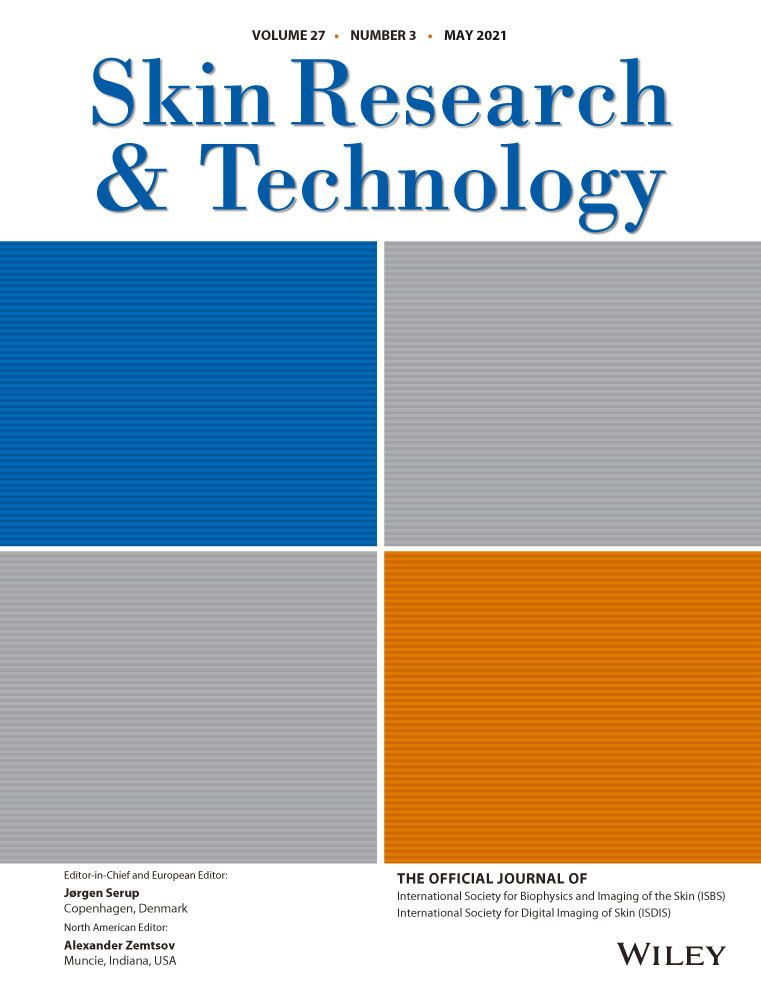Self-perceived and objective measurements of facial puffiness in Chinese women
Abstract
Background
Facial puffiness, caused by mild or normal fluid retention, commonly experienced by women, may not pose a health risk, but it can be a cause of cosmetic concern. The objectives of this study were to determine whether self-perceived facial puffiness can be measured objectively.
Materials and Methods
A total of 151 Chinese women between 20 and 68 years of age were recruited. Facial water content, skin thickness, and elasticity were measured at two time points within a day (visit one occurred when the participants perceived they had facial puffiness; visit two occurred when the participants perceived their facial puffiness had subsided). Participants were also given a rating scale to self-evaluate their puffiness and firmness at different regions of the face.
Results
The participants could perceive a difference in facial puffiness between the two visits. Water content and skin thickness were significantly higher in all regions of the face for all participants during the first visit. Skin elasticity was also significantly different between visits one and two. There was a significant increase in water content and skin thickness in the lower eyelid region in women who were older than 40 years.
Conclusion
This is the first study to show that self-perceived facial puffiness can be measured objectively and that skin elasticity can change significantly when facial puffiness subsides.




